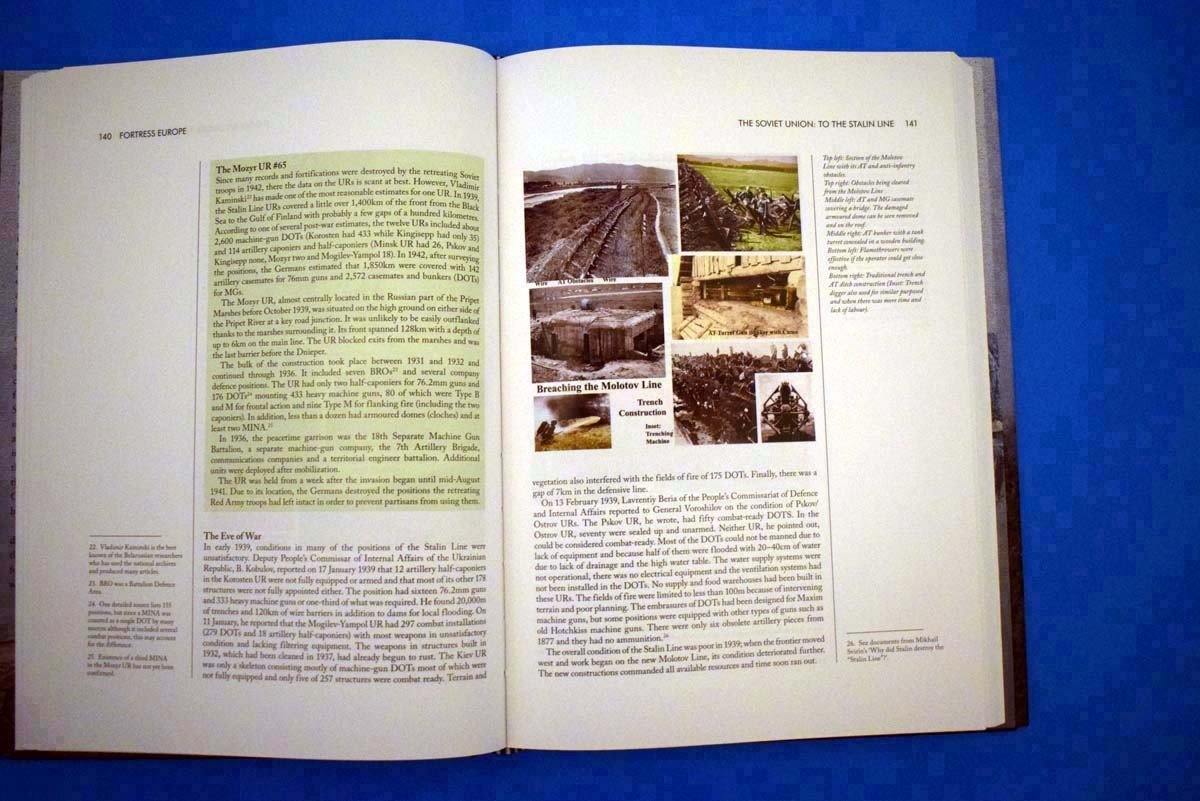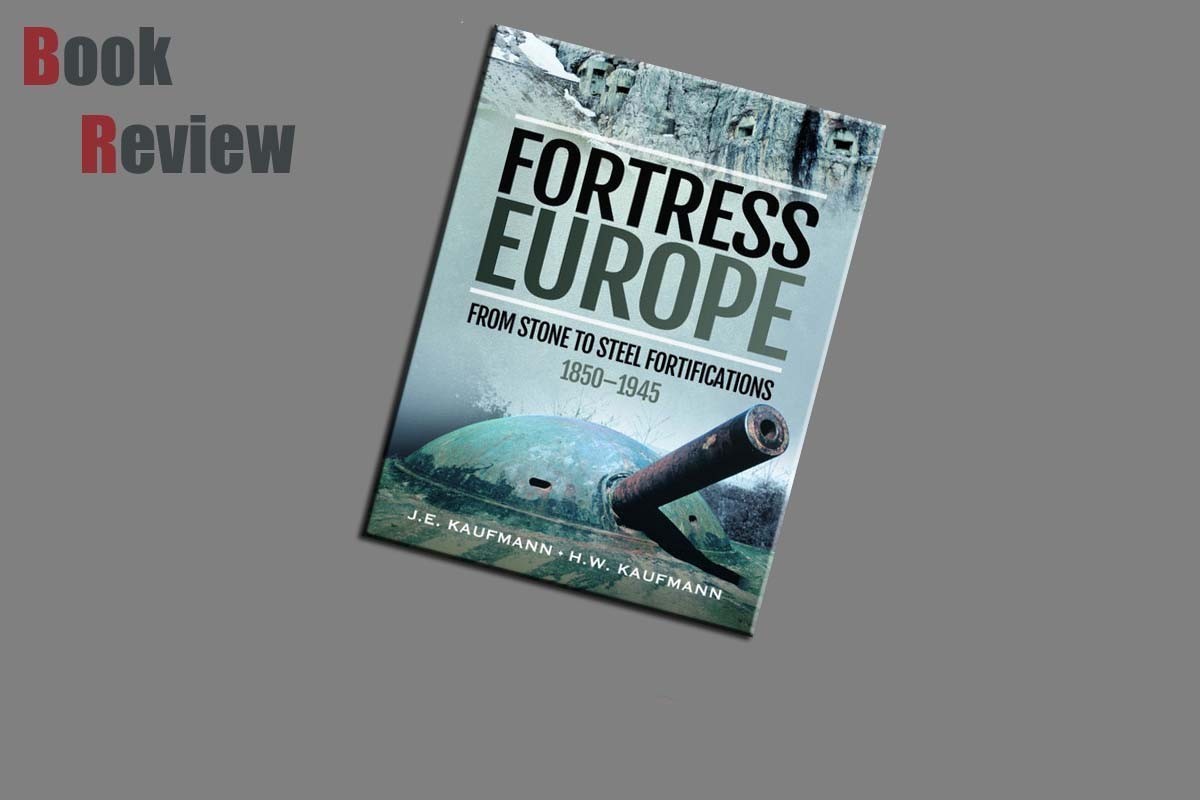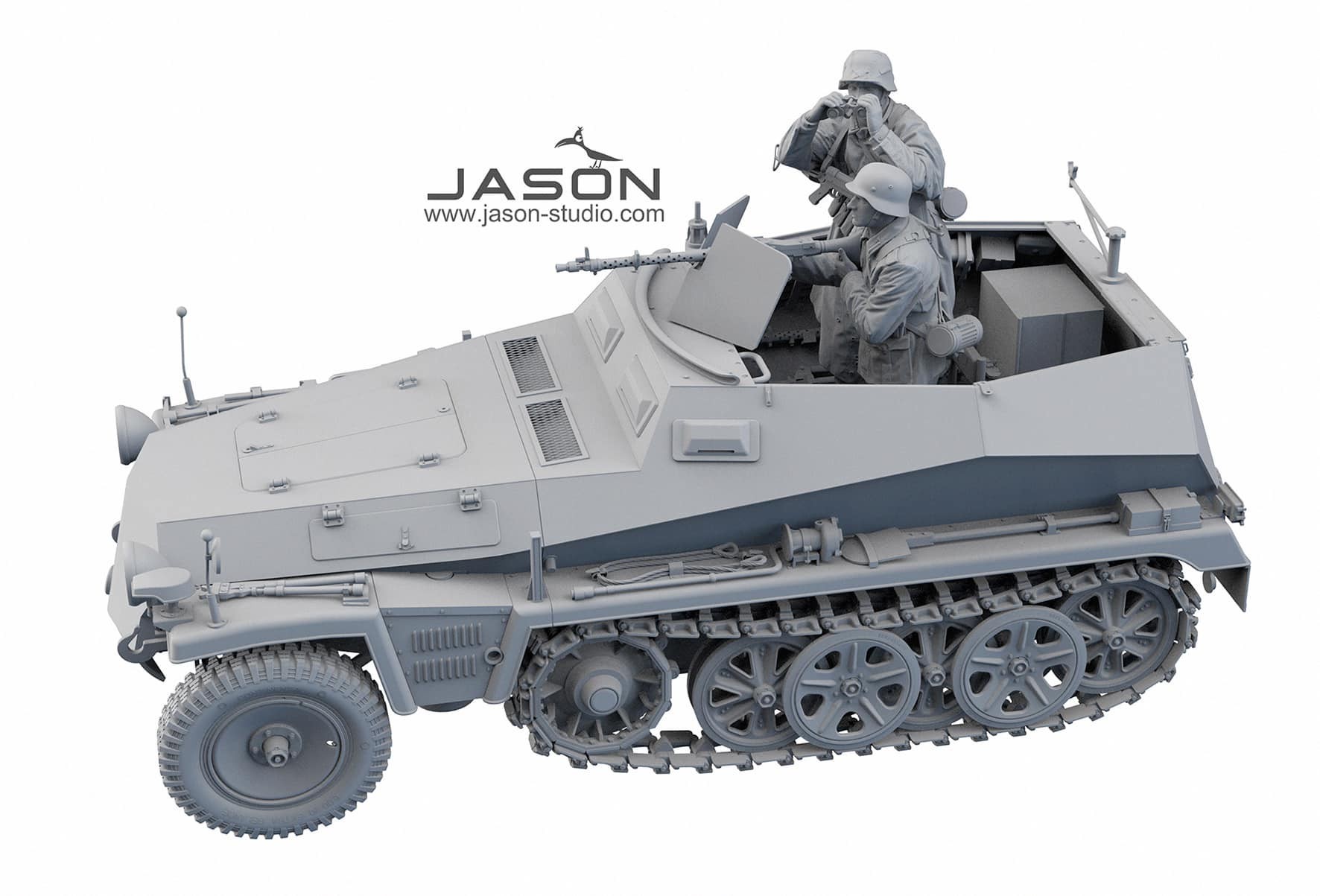
Introduction
The following introduction is taken from the Pen and Sword website:
A few of the fortifications and fortified lines of the world wars are well known and have often been written about, illustrated and studied. But they tend to distract attention from the wide range of fixed defences constructed across Europe on an enormous scale after the Franco-Prussian War of 1870-71, during a period of insecurity and aggression. That is why this new, highly illustrated study, which covers the entire continent, is so valuable. The authors examine the major fortified positions and describe their strategic purpose, their design and construction, and the role they played in military planning and operations.
The outstanding contribution of the major military architects of the time is a key theme. The work of Séré de Rivières, Brialmont and others had a major influence on the course of the First World War and on the fortifications built before and during the Second World War. Their approach is visible in the designs for the Maginot Line, the East and West walls of Germany, the Vallo Alpino in Italy, the Soviet Stalin and Molotov lines, the Mannerheim and Salpa lines of Finland, the Greek Metaxas Line, the Beneš Line of Czechoslovakia as well as the defences built by the Dutch and Scandinavians.
The breadth of the coverage, the degree of detail and the numerous illustrations make the book essential reading and reference for anyone who has a special interest in the world wars and the history of fortifications.
Review
This offering from Pen and Sword is a hard backed book, presented in portrait style. The authors of the title are JE and HW Kaufmann. The book tells its story over 472 pages and 200 illustrations. The paper within the book has a high gloss finish, that does a good job of displaying the photographic content within. The contents of this title are presented over 17 chapters, which are as follows:
Chapter 1 Belgium: Naked Neutral
Chapter 2 The Netherlands: Too Little, Too Late
Chapter 3 Switzerland: Nature’s Bastion
Chapter 4 Scandinavia: Quasi-Neutrals
Chapter 5 Finland and the Gulf of Finland
Chapter 6 Imperial Russia: Fortifications in the West
Chapter 7 The Soviet Union: To the Stalin Line
Chapter 8 Austria-Hungary
Chapter 9 Austria’s Successors Part 1: Yugoslavia and Czechoslovakia
Chapter 10 Austria’s Successors Part 2: Romania and Hungary
Chapter 11 Poland and Greece: Guardians of the Gates
Chapter 12 Corking the Mediterranean: The Turkish Straits and Gibraltar
Chapter 13 Italy: Master of the Mediterranean
Chapter 14 Iberia in War and Peace
Chapter 15 Great Britain Rules: From Granite to Concrete
Chapter 16 France: Centre of Modern Fortifications
Chapter 17 Germany: Land of Blood, Iron and Steel
This offering from Pen and Sword, looking at the fortifications built between 1850 and 1945 covers the reasons behind them, thought behind their use and how they were to work and by sited. Defences built on the ground and into the rock faces were provided with different forms of protection, but each had their own issues from both the strengths and weaknesses of them. In many ways World War II put an end to static fortifications, as rather than the French Maginot Line holding the Germans up the German forces went around the fortifications with the except of an airborne assault and in effect neutralised what the French believed would prevent any enemy attacking France again. This book does offer the modeller both photographic views of various defensive structures, which is further assisted with cut through plans showing the structures in a manner that the modeller could replicate.
Conclusion
Books of this type are usually restricted to people with very specific interests. However, this title opens up to the modeller who wishes to represent some of these structures the chance to accurately replicate the designs, and in many cases the terrain around the structures on which they are built. Fortifications of this type never really interested me personally, however, this title has the ability to alter that as it will provide a great deal of information on the subject and provide the ability for me to utilise it.




























